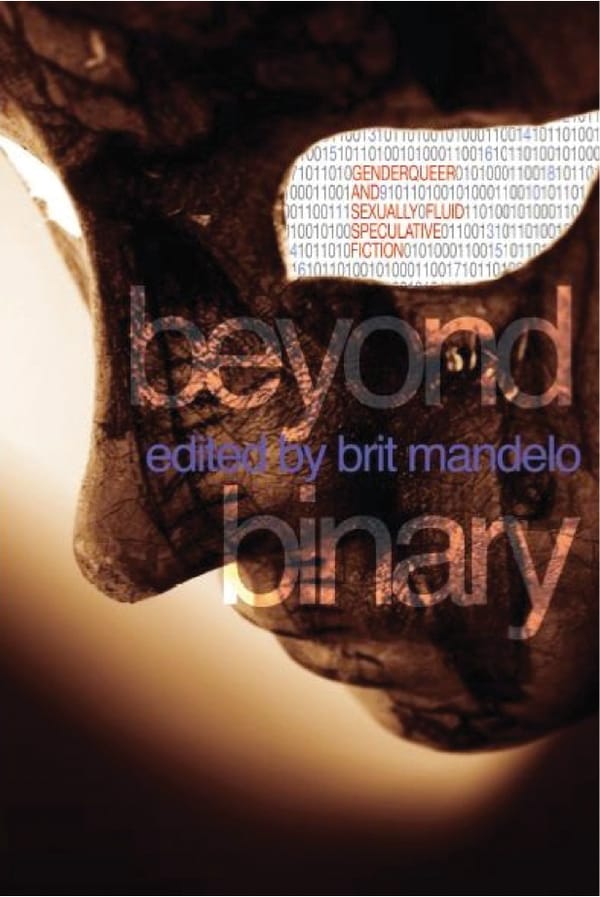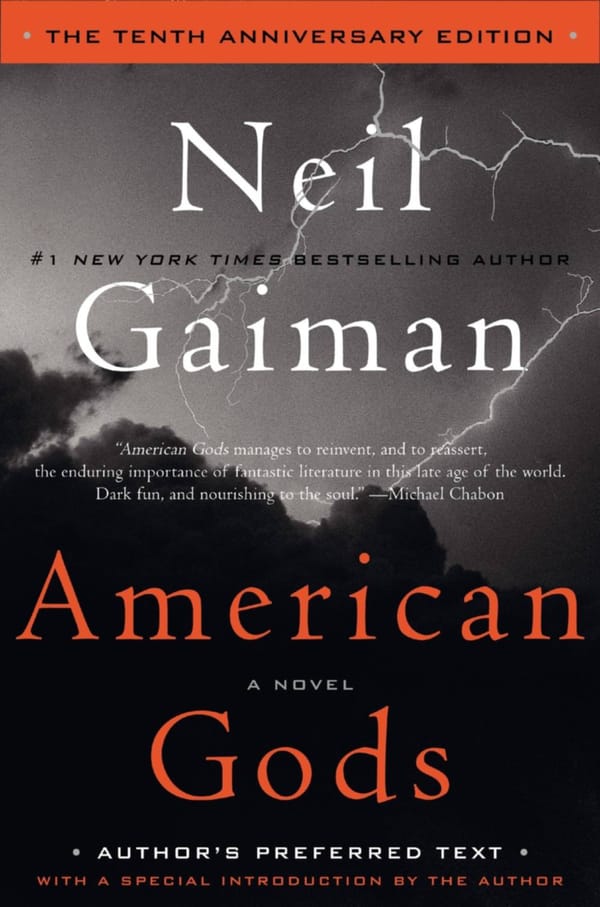A Journey to Earth’s Distant Future
A book is set in the distant future, when the sun has started to cool

The Book of the New Sun is universally acclaimed as a speculative fiction classic, with its author, Gene Wolfe, having been recently awarded the title of Grand Master of the genre. However, seeing how it comes in at 1200 pages, I have never really had the time to read it. Finding myself with relatively little to do over the winter break I decided to rectify this mistake – something that I’ve not come to regret doing.
The book is set in the distant future, with the sun having started to cool and Urth, as Earth has become known, having regressed from being the centre of a great interstellar empire to an almost medieval society. The novel begins with Severian, a journeyman of the Order for the Seekers of Truth and Penitence, or, as it is better known by the common people, the Order of Torturers, being exiled for showing mercy to one of the Order’s ‘clients’. He is left to travel the world, encountering remnants of more prosperous times, as well as coming upon plans to restore humanity to its former glory.
The story is told in first person by Severian himself. He has a highly engaging voice but is also prone to going off on tangents – this is not a book for those who like stories told in a concise and linear fashion. These tangents, however, are, for me, one of the great attractions of the novel. They serve not only to provide more insight into the character of Severian but also help to develop the world the story is set in. It is in the world building that this book really shines. Wolfe has created a truly unique environment – a world were ordinary people live in feudal squalor but mix with alien visitors. Where almost all the natural resources have been depleted but people continue to use energy weapons and other advances technology from earlier ages. Where giant sea monsters enslave entire nations so that their citizens are only permitted to speak in sentences taken from approved propaganda texts.
It soon becomes clear that, in many ways, it is Urth itself that is our protagonist – with Severian acting as a chronicler of its fate. Wolfe, however, doesn’t fall into the trap of revealing too much – even by the end there are still many things that are left unclear or unexplained. We are told everything that is essential but by not getting bogged down in details we maintain the sense of wonder, which we might have otherwise lost as a result of overfamiliarity.
This is a truly excellent novel and well deserving of the praise it has received. While its length and some of its quirks mean that it might not be to everyone’s taste it’s still worth at least trying it out.








